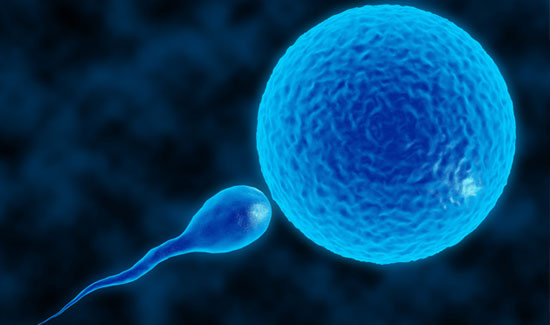
Male Infertility
Male infertility is a prevalent issue. The conception process is complex and difficult. Fortunately, having infertility problems does not deceive you from having
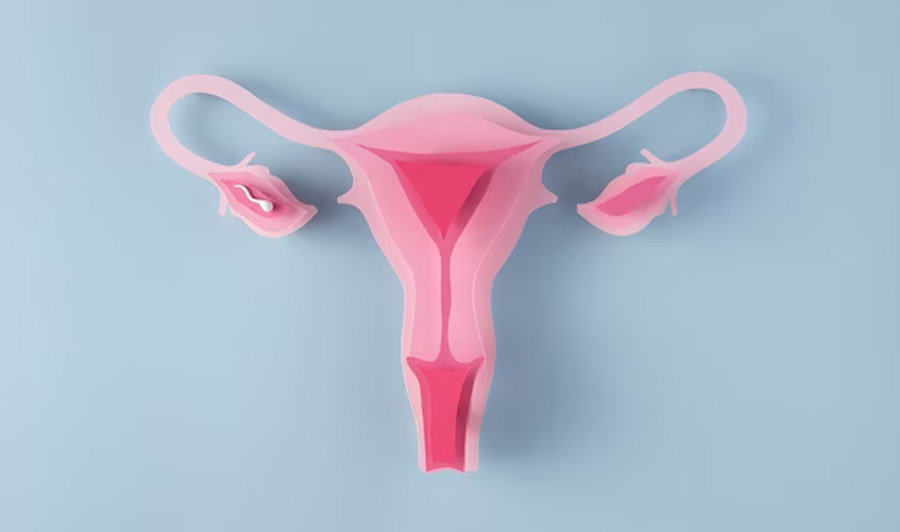
Female Infertility
According to Female Infertility Centre in Nagarbhavi, Bangalore, the majority of female infertility cases are caused by issues with egg production.
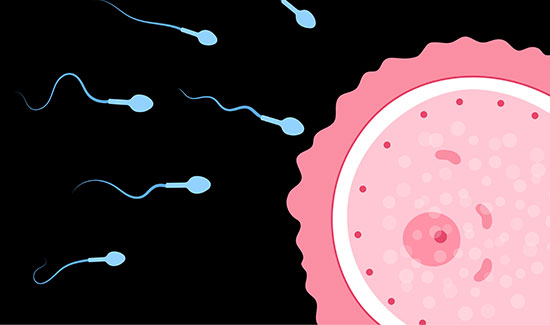
Treatment of Male and Female Infertility
Infertility is defined as the inability to achieve pregnancy after one year of regular, unprotected intercourse. Evaluation may be initiated sooner in patients who have risk factors for infertility

Counselling Services
Infertility is a medical condition that touches all aspects of your life. It may affect your relationships with others, your perspective on life, and how you feel about yourself.

Reproductive Hormone Profile
For the human species to continue surviving, it is essential that mature adults are capable of producing fertile offspring in order to ensure the perpetuity of the species and pass on the genetic information from generation to generation.
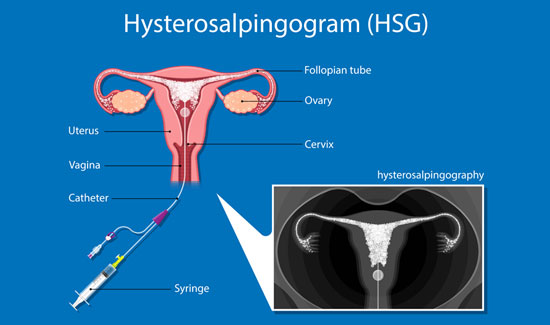
Hysterosalpingography
Hysterosalpingography, or HSG, is an X-ray test to outline the internal shape of the uterus and show whether the fallopian tubes are blocked.

Ultrasonography
Researchers have mapped out the expected measurements for specific points in early pregnancy, An early ultrasound scan can give a doctor important information about gestational age and viability.
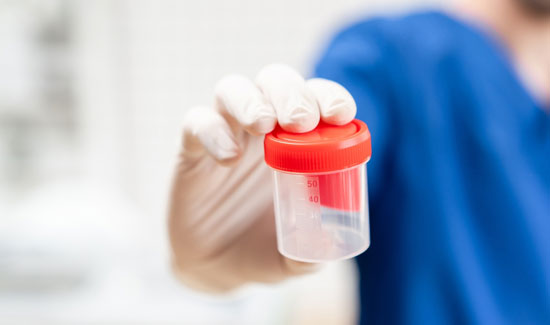
Semen Analysis
Advances in andrology and assisted reproductive technology (ART), as well as increased concern about fertility, particularly among couples choosing to have children later in life, have led to a greater emphasis on semen analysis.

Semen Processing
When undergoing ovarian puncture to obtain the eggs, the partner of the patient leaves a sample of his semen to be processed.
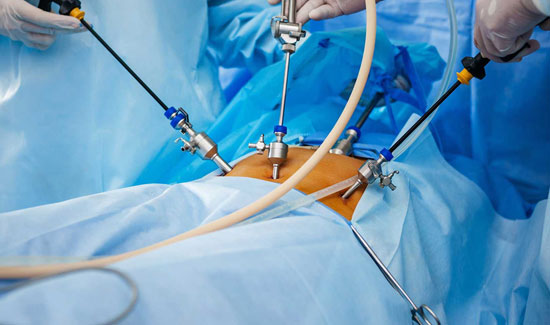
Gynaec Endoscopy
Gynae endoscopy or gynaecological endoscopy is a technique for diagnosing and evaluating a broad spectrum of female disorders i.e. problems related to female reproductive health.
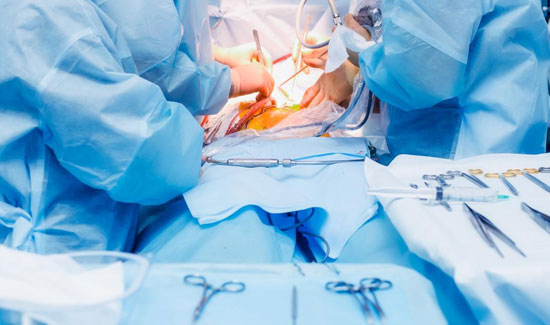
Laparoscopy
Laparoscopy is a process where doctors use a small telescope flexible tube-like equipment called a “Laparoscope” with a cold light source on one end which is passed through a small incision through the navel.
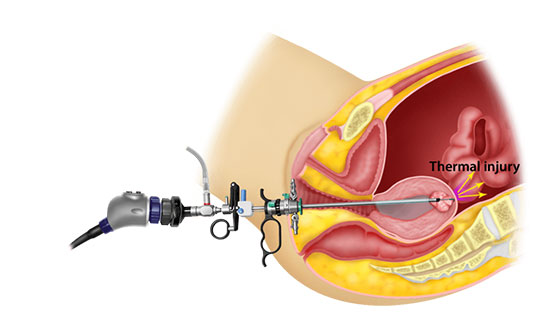
Hysteroscopy
Hysteroscopy is a procedure whereby a narrow telescope (called a hysteroscope) attached to a camera is passed via the cervix into the uterus to visualize the inside of the uterus (endometrial cavity).

Ovarian Stimulation & Follicular Monitoring
Ovarian stimulation is the second stage of IVF fertility treatment. The goal is to harvest as many mature eggs as possible from the woman’s ovaries.
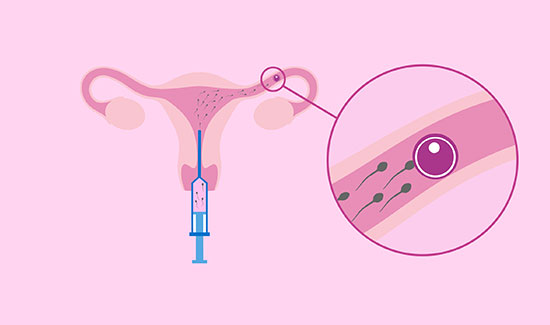
Artificial Insemination Homologous
Artificial insemination--homologous (AIH) treatment in 100 couples is presented. An uncorrected pregnancy rate of 13% was achieved therapeutically versus a 10% spontaneous pregnancy rate.
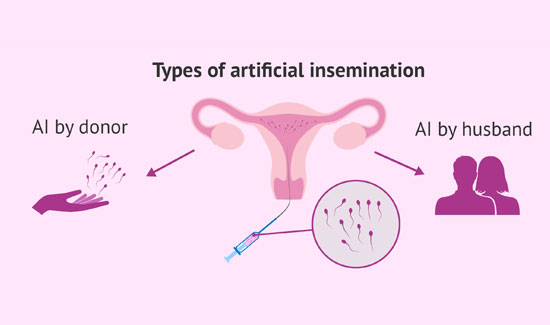
Artificial Insemination Donor Super Ovulation and Intra Uterine Insemination
A procedure in which a fine catheter (tube) is inserted through the cervix (the natural opening of the uterus) into the uterus (the womb) to deposit a sperm sample
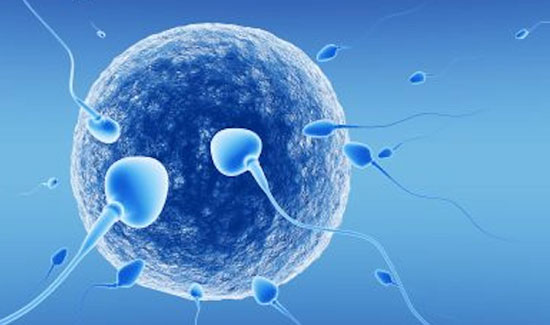
In Vitro Fertilization (IVF)
With the advancement of modern science in the last few decades, assisted reproduction has become a successful and common course of treatment for infertile individuals and couples. In-Vitro Fertilization, IVF.
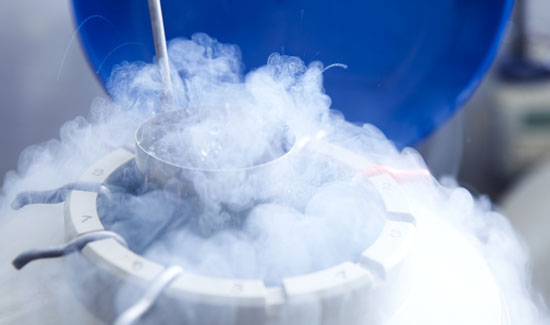
Semen Freezing
Sperm freezing is the process of collecting, analyzing, freezing and storing a man’s sperm.

Egg Donation
Egg donation is when a woman (donor) gives her eggs to another woman (recipient) to allow the recipient to have a baby.
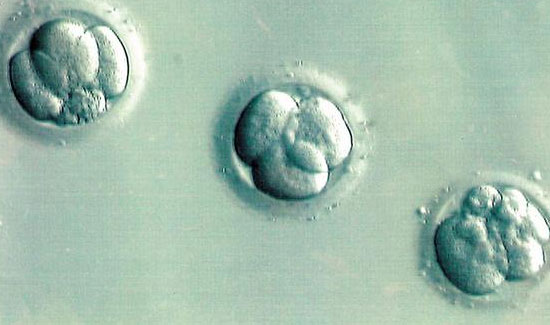
Embryo Donation
Egg donation is when a woman (donor) gives her eggs to another woman (recipient) to allow the recipient to have a baby.

Embryo Vitrification
Vitrification involves placing embryos briefly in a solution to dehydrate them before they are rapidly frozen into a glass-like state.

Blastocyst Culture
This fact sheet outlines what is involved in Percutaneous Epididymal Sperm Aspiration (PESA) and Testicular Sperm Aspiration (TESA). These are techniques that can be used to extract sperm if a man does not have sperm in his semen (azoospermia).

Laboratory tests for IVF
Before beginning a cycle of IVF using your own eggs and sperm, you and your partner will likely need various screenings,
